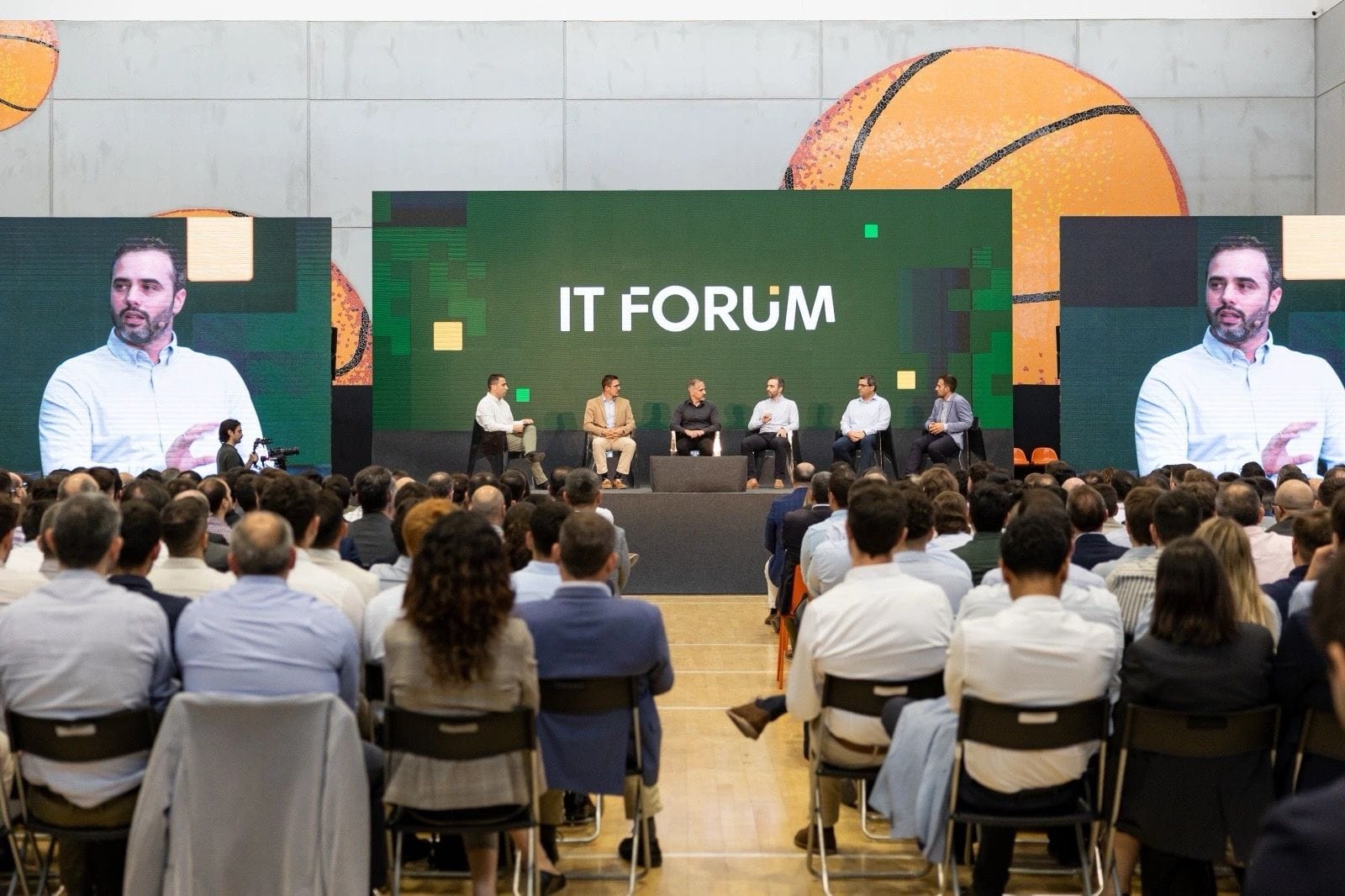The supermarket chain abandons legacy development and fully embraces a cloud-native architecture to gain agility, scalability, and operational efficiency
Mercadona, one of the leading retail players in Spain, has completed a deep digital transformation process in its IT Department, where all new developments are now carried out with a cloud-native architecture. This has been confirmed by Sergio Pajares, the company’s Head of Technological Innovation, in a recent publication in which he shares the tangible impact of this change.
The strategy, inspired by the well-known “Bezos API Mandate” that Amazon adopted in its early days, is known internally at Mercadona as the “Turning Off the Taps”, a metaphor that marks the end of development in legacy environments and the definitive shift to containerized microservices.
From selling lettuce to real-time management
While it may seem like a simple improvement in the technology that supports the sale of fresh products like lettuce 🥬, the benefits go far beyond that, as Pajares explains. The company has deployed over 1,000 microservices, all running daily on Kubernetes, an open-source container orchestrator that allows for efficient, automated, and scalable management of applications.
“Today we have microservices with dozens of replicas and hundreds of concurrent threads in each pod. This allows us for massive scale and unprecedented agility in delivering new functionalities to the business,” asserts the executive.
Five key pillars of Mercadona’s new technological model
1️⃣ Agility:
The use of microservices, combined with CI/CD pipelines, allows development teams to independently deploy small software fragments. This reduces the delivery cycle and improves adaptability to the business.
2️⃣ User experience:
With a specialized UX/UI team and a proprietary Design System, Mercadona has substantially improved the interface and interaction of its internal and external tools.
3️⃣ Scalability:
Technologies like Java Spring Boot and Kubernetes provide an optimal response to variable demands, especially during marketing campaigns or sales peaks. The model supports dozens of replicas and thousands of concurrent transactions without degrading performance.
4️⃣ Real-time:
With Apache Kafka and a network of internal APIs, information exchange between applications is instantaneous. This allows for more informed decision-making in operations, logistics, or customer service.
5️⃣ Portability:
Thanks to its modular and containerized design, Mercadona can move productive workloads between multi-cloud environments, such as Google Cloud and OpenShift On-Prem, ensuring business continuity and cost optimization.
A culture of innovation with over 1,000 professionals
All this progress, Pajares emphasizes, has been made possible thanks to the work of an exceptional human team: more than 1,000 people are part of Mercadona’s IT Department, with roles ranging from development and architecture to design, security, and operations.
The technological evolution was recently shared at the company’s internal IT Forum, in a roundtable titled “We Are Technology,” where the impact of this cultural and technical change on the organization was analyzed.
A leader in the retail sector in the cloud-native era
The case of Mercadona is a clear example of how a traditional distribution company can reinvent itself technologically and adopt patterns of hyper-automation, microservices, and cloud-native practices without losing focus on the end customer.
The strategy of turning off the legacy, betting on containerization, and enabling a distributed architecture based on modular services is positioning Mercadona not only as a leader in retail but also as a technological benchmark in the Spanish business sector.
Source: LinkedIn

